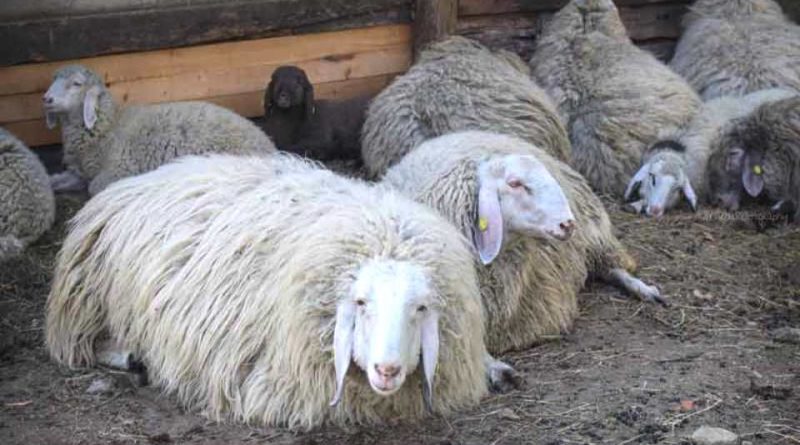Saltasassi
Saltasassi
The Saltasassi sheep breed is a native Italian sheep (Ovis aries Linnaeus, 1758) with a main aptitude for meat production.
Systematic –
From a systematic point of view it belongs to:
Eukaryota domain,
Kingdom Animalia,
Phylum Chordata,
Mammalia class,
Order Artiodactyla,
Suborder Ruminantia,
Bovidae family,
Subfamily Caprinae,
Genus Ovis,
Species O. aries,
Saltasassi breed.
Geographical and Areal Distribution –
Saltasassi is an Italian mountain sheep breed, raised for meat, originating from the provinces of Verbano Cusio Ossola and Novara in the northern part of Piedmont, in north-western Italy.
Origins and History –
The Saltasassi is a sheep population, once fairly widespread in the Novara area, classified among the “lop ear” Alpine breeds, with a prevalent aptitude for meat and with a fleece producing coarse wool. Today they are the few surviving leaders who are mixed with subjects from Biella and Bergamo.
In the 60s and 70s there were 2,500 animals. In 2001, during a study on the genetic characterization of sheep and goat populations in northern Piedmont, 63 sheep were identified distributed across 12 farms in Verbano-Cusio-Ossola (Verbania). However, no Saltasassi rams have been identified.
It is one of the forty-two local native sheep breeds with limited distribution for which a herd book is kept by the National Pastoral Association. Unfortunately, a study conducted by the Piedmont Region in 2000 found that the Saltasassi breed is practically extinct.
Morphology –
The Saltasassi is a small to medium sized sheep, with average live weights of 55-60 kg in males and 45-50 kg in females. The height at the withers is 60 cm. They have a uniform white fleece. The head is thin with a straight profile and generally without horns; the ears, medium developed, are carried almost horizontally. The limbs are dry but robust, spotted with black, with solid black claws.
Productive attitude –
The Saltasassi is a sheep breed raised mainly for the production of meat obtained from milk lambs weighing 12-15 kg live weight. Milk production was entirely intended for lamb breastfeeding. The breed has a fair amount of twinning and two births a year are not uncommon.
The farming technique referred to in the bibliography is permanent mountain farming with use of mountain pastures and marginal areas for as long as possible and using exclusively hay during the winter months.
Unfortunately, according to some census data, it is an extinct breed.
This breed was already in very critical conditions in the 1980s, above all due to the absence of breeding males and the strong cross-breeding with Biella and Bergamo rams. To avoid the extinction of the breed, considerable efforts and new research should have been carried out to recover the few remaining pure animals dispersed in the flocks of Verbano-Cusio-Ossola and Novarese.
The Municipality of Trasquera (Verbania) was interested in working to recover the breeds at risk; some bodies such as parks and nature reserves could also have played an important role.
This breed was once bred for the production of meat, obtained with 15 kg lambs.
As regards the wool, the quality was poor, there is no information about the quantity which however should not differ much from the production provided by sheep of the Alpine stock.
Milk, on the other hand, was intended exclusively for lamb.
Guido Bissanti
Sources-
– Wikipedia, the free encyclopedia.
– Balasini Dialma, 2001. Applied zootechnics. Sheep and goats. Sheep and goats. For technical and professional institutes, Caledrini Edagricole, Bologna.
– Daniele Bigi, Alessio Zanon, 2010. Atlas of native breeds. Cattle, horses, sheep, goats, pigs raised in Italy, Edagricole-New Business Media, Bologna.
Photo source:
– https://www.pianteanimaliperduti.it/piante-e-animali-perduti-la-lana-filata-della-pecora-saltasassi/

